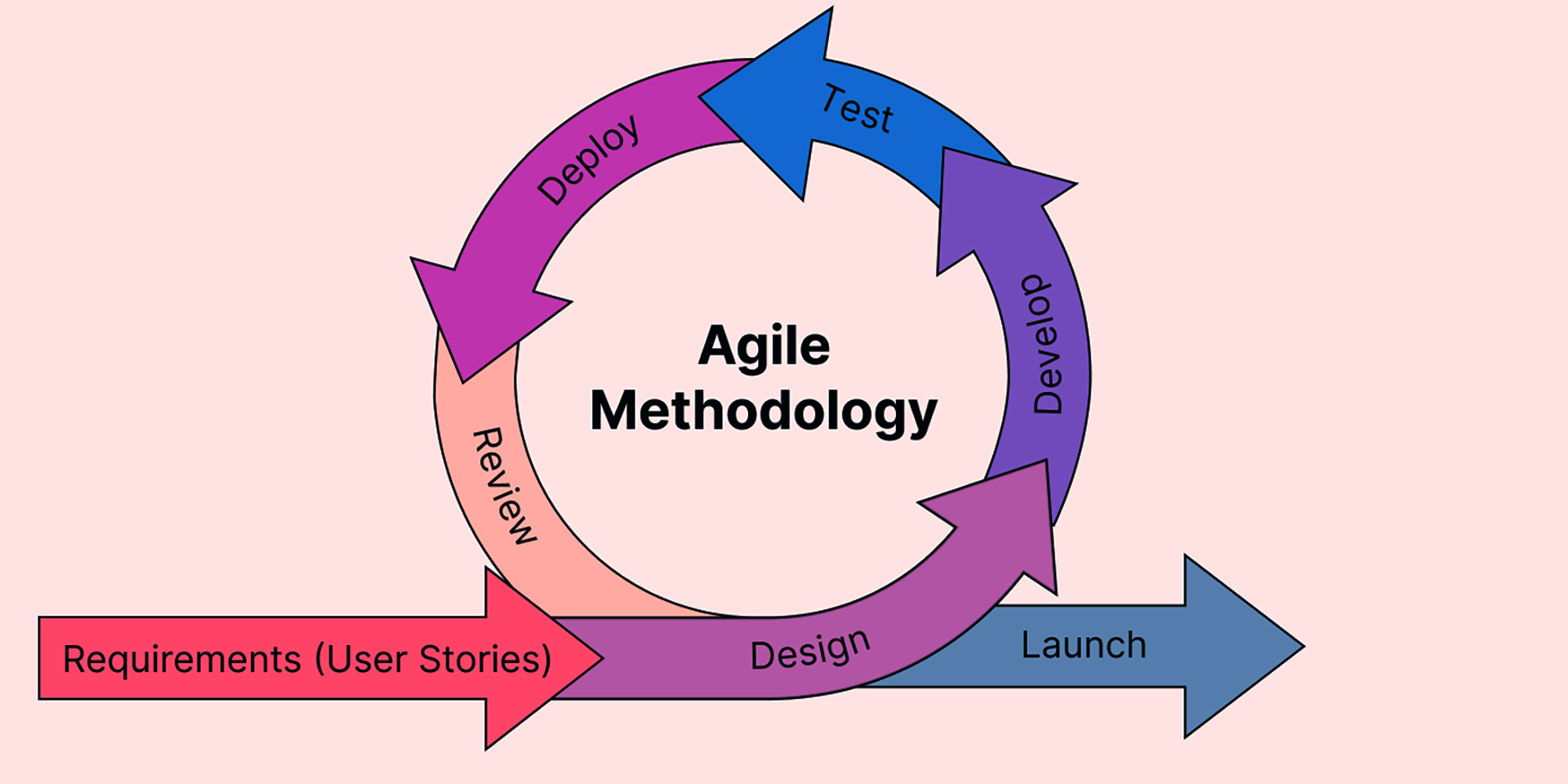In today’s fast-paced and competitive business environment, efficiency and quality are key factors in the success of software development projects. Agile methodologies have emerged as a popular approach to software development, offering a flexible and iterative process that emphasizes collaboration, adaptability, and customer satisfaction. This article explores Agile methodologies and how they can streamline software development, leading to better outcomes for your projects.
Understanding Agile Methodologies
Agile methodologies are a set of principles and practices based on the Agile Manifesto, created in 2001 by a group of software developers. The manifesto emphasizes individuals and interactions over processes and tools, working software over comprehensive documentation, customer collaboration over contract negotiation, and responding to change over following a plan.
Key Principles of Agile Methodologies
Iterative and Incremental Development
Agile methodologies follow an iterative and incremental approach, breaking down the development process into smaller, manageable increments. This allows for continuous feedback and improvement throughout the development cycle.
Collaborative Approach
Agile methodologies promote collaboration among team members, including developers, designers, and stakeholders. This collaborative approach helps ensure that everyone is aligned and working towards a common goal.
Flexibility and Adaptability
Agile methodologies are designed to be flexible and adaptable to change. This allows teams to respond quickly to changes in requirements or market conditions, ensuring that the final product meets the needs of the customer.
Customer Involvement
Agile methodologies emphasize the importance of involving customers throughout the development process. This helps ensure that the final product meets the needs and expectations of the customer.

Benefits of Agile Methodologies
Improved Efficiency
Agile methodologies can lead to improved efficiency by breaking down the development process into smaller, manageable increments. This allows for faster delivery of working software and quicker response to changing requirements.
Enhanced Quality
Agile methodologies emphasize continuous testing and feedback, which can lead to higher-quality software. By identifying and fixing issues early in the development process, teams can reduce the risk of defects in the final product.
Increased Customer Satisfaction
Agile methodologies involve customers throughout the development process, ensuring that their feedback is incorporated into the final product. This can lead to increased customer satisfaction and loyalty.
Better Risk Management
Agile methodologies allow teams to identify and mitigate risks early in the development process. By breaking down the development process into smaller increments, teams can identify potential risks and address them before they become major issues.
Implementing Agile Methodologies
Implementing Agile methodologies requires a cultural shift within an organization. It is important to ensure that all team members are trained in Agile practices and understand the principles behind them. Additionally, organizations should provide the necessary resources and support to enable teams to effectively adopt Agile methodologies.
Conclusion
By embracing Agile methodologies, organizations can streamline their software development process and deliver better outcomes for their projects. The iterative and incremental nature of Agile methodologies allows for continuous improvement and adaptation to changing requirements, ultimately leading to higher-quality software and increased customer satisfaction.
In conclusion, Agile methodologies offer a flexible and collaborative approach to software development that can help organizations improve efficiency, quality, and customer satisfaction. By understanding and implementing Agile principles and practices, organizations can streamline their software development process and achieve better outcomes for their projects.




